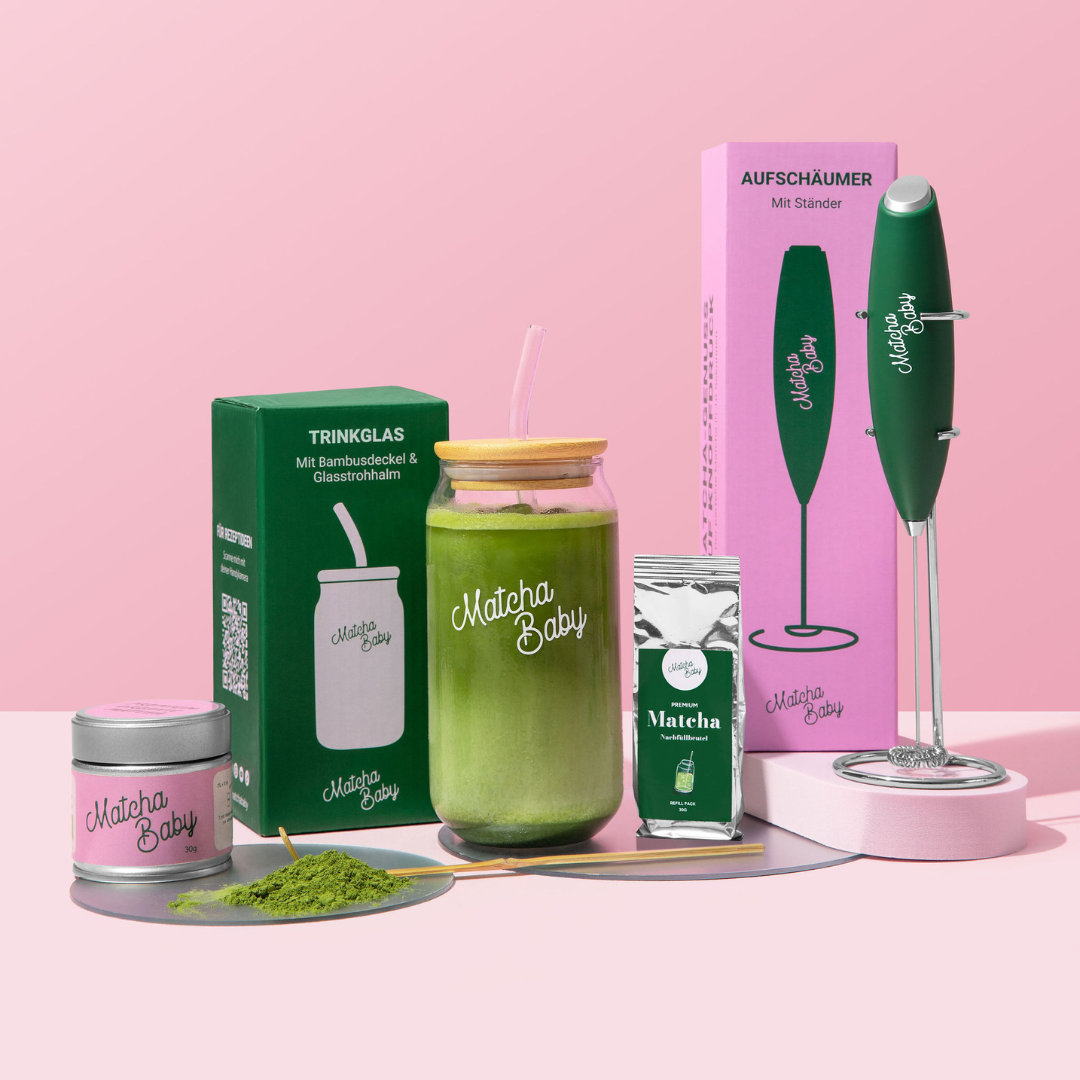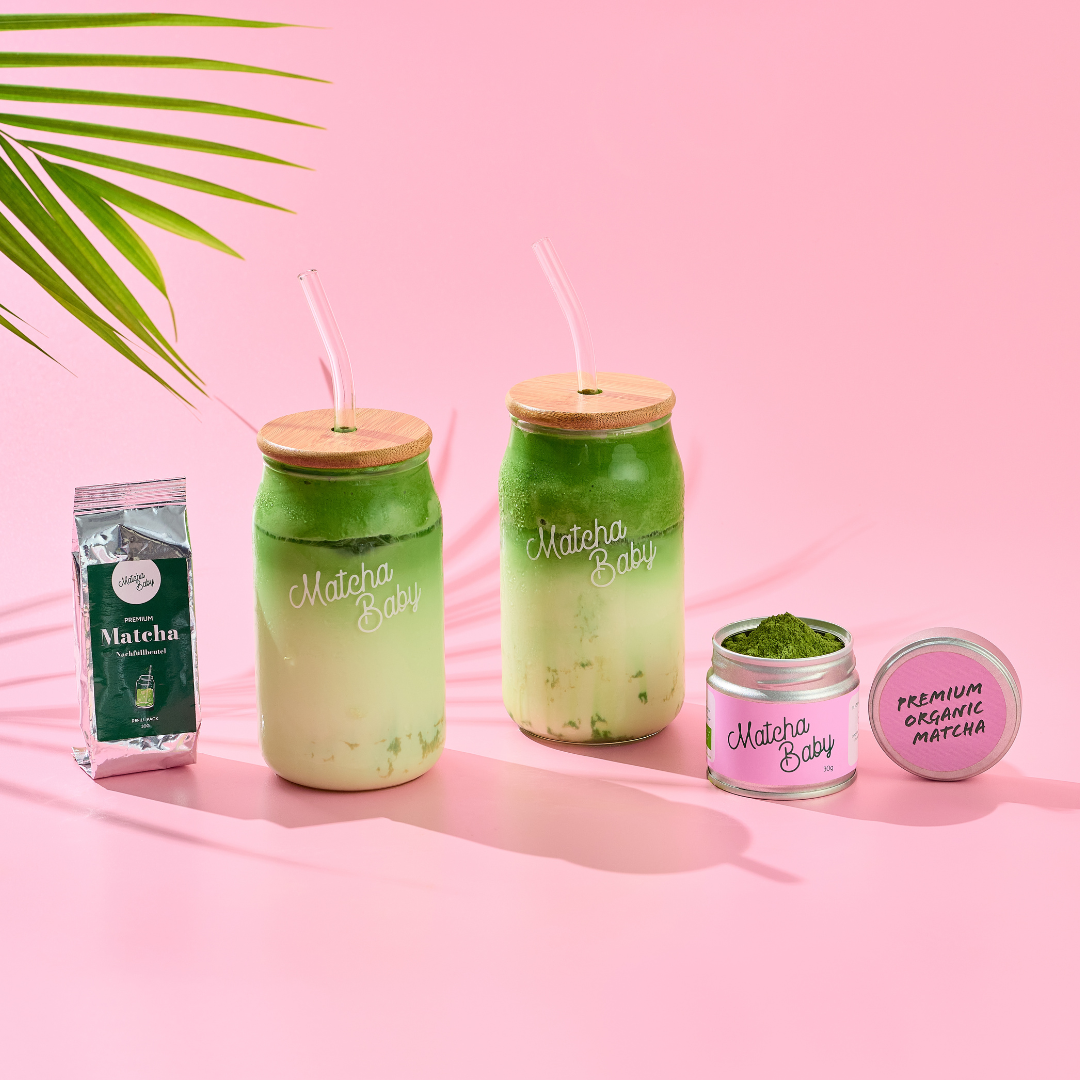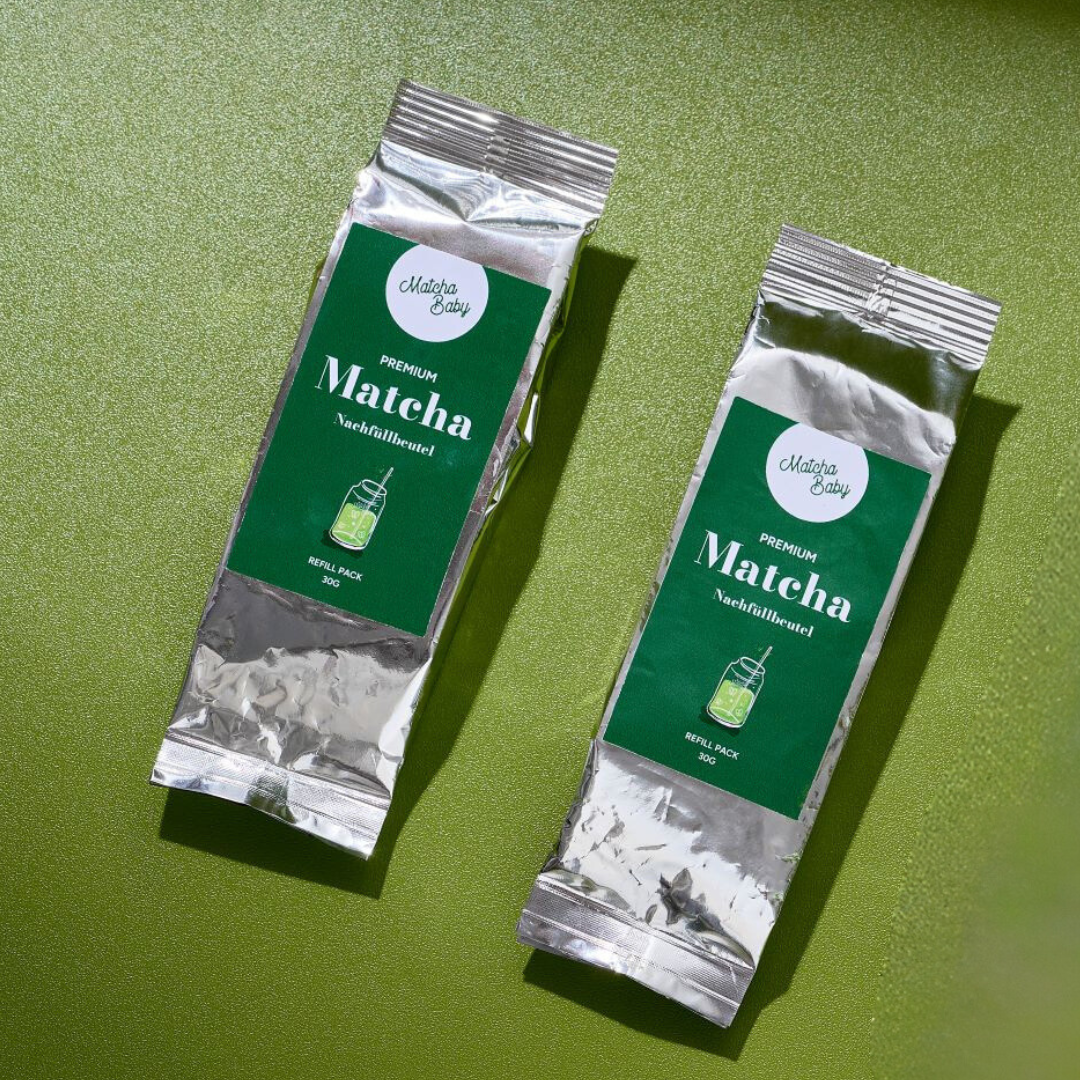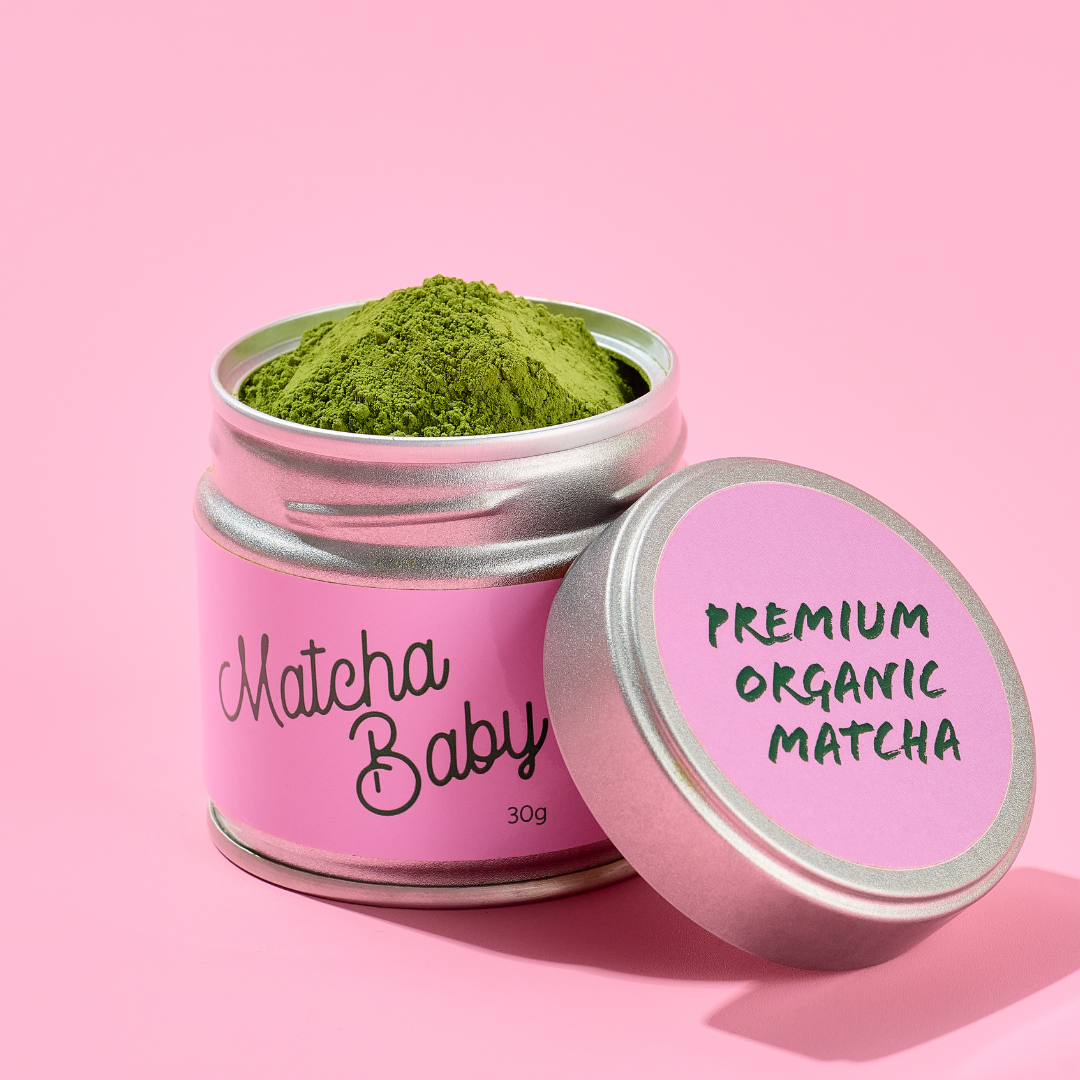Where does the green powder actually come from?
The main regions in Japan for matcha cultivation are: Uji, Nishio, Shizuoka, Yame, Kagoshima.
The main regions in Japan for matcha cultivation are: Uji, Nishio, Shizuoka, Yame, Kagoshima.
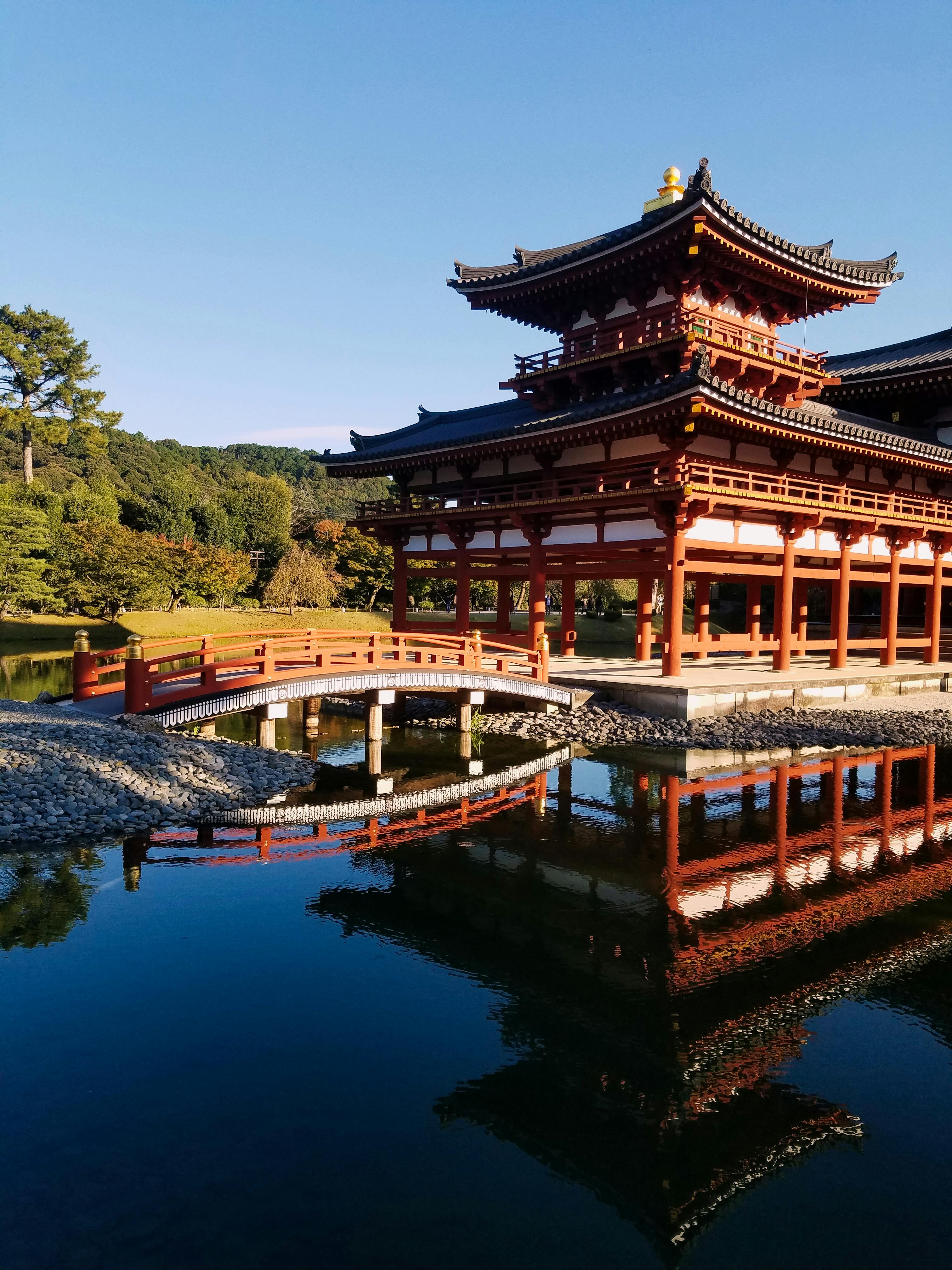
Uji, located in Kyoto Prefecture, is considered the birthplace of Japanese matcha powder and is one of the oldest and most renowned matcha regions. Tea farmers in Uji use time-honored techniques and organic farming practices refined over generations to produce matcha with a rich umami flavor and a deep green color. The geographical and climatic conditions of this area provide ideal conditions for tea cultivation, making Uji synonymous with the highest quality tea.
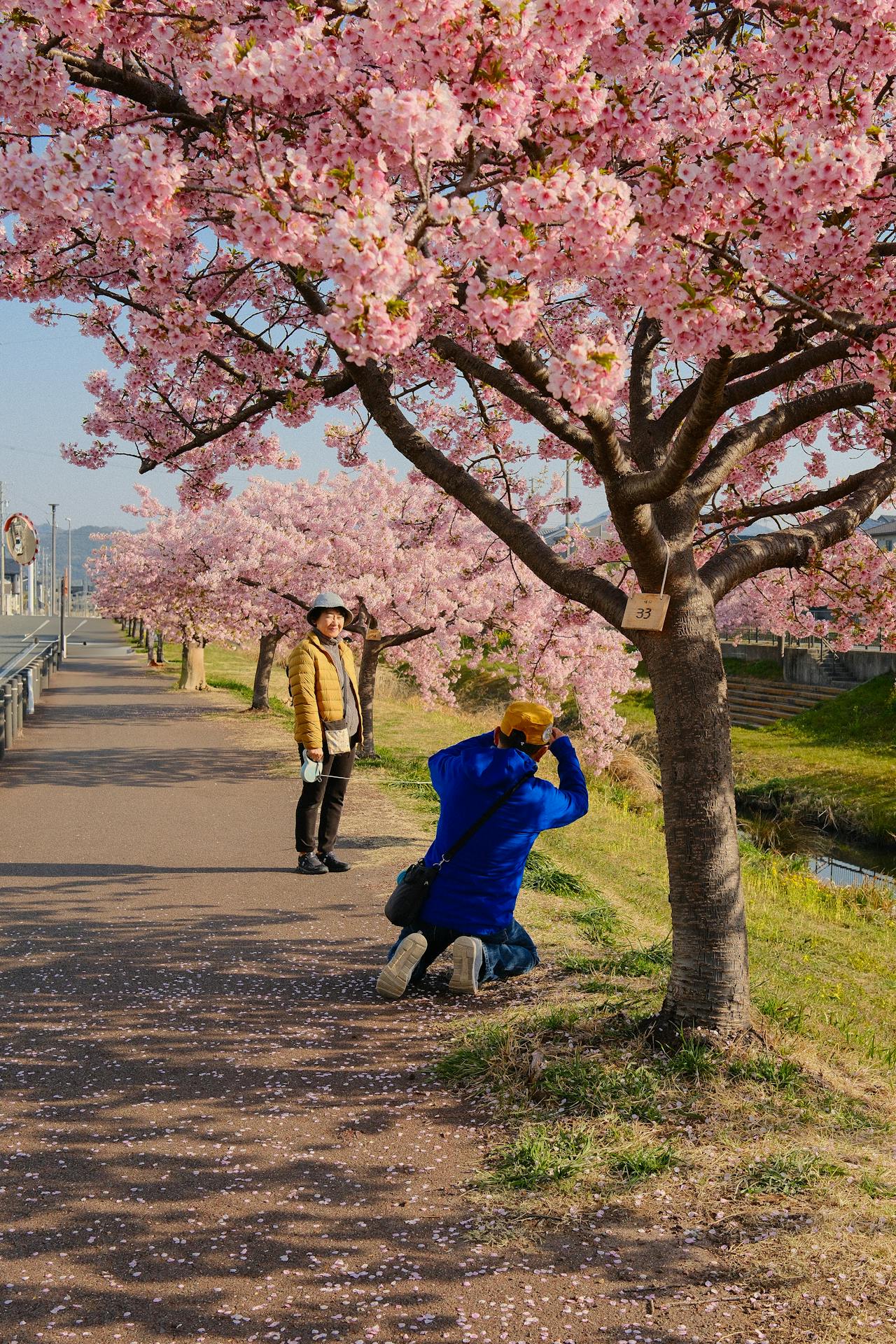
Located in Aichi Prefecture, Nishio is another important region for matcha production. Here, great emphasis is placed on special cultivation methods that positively influence the taste of matcha. The unique soil profile, rich in nutrients, gives Nishio matcha a special flavor that is appreciated by tea connoisseurs.
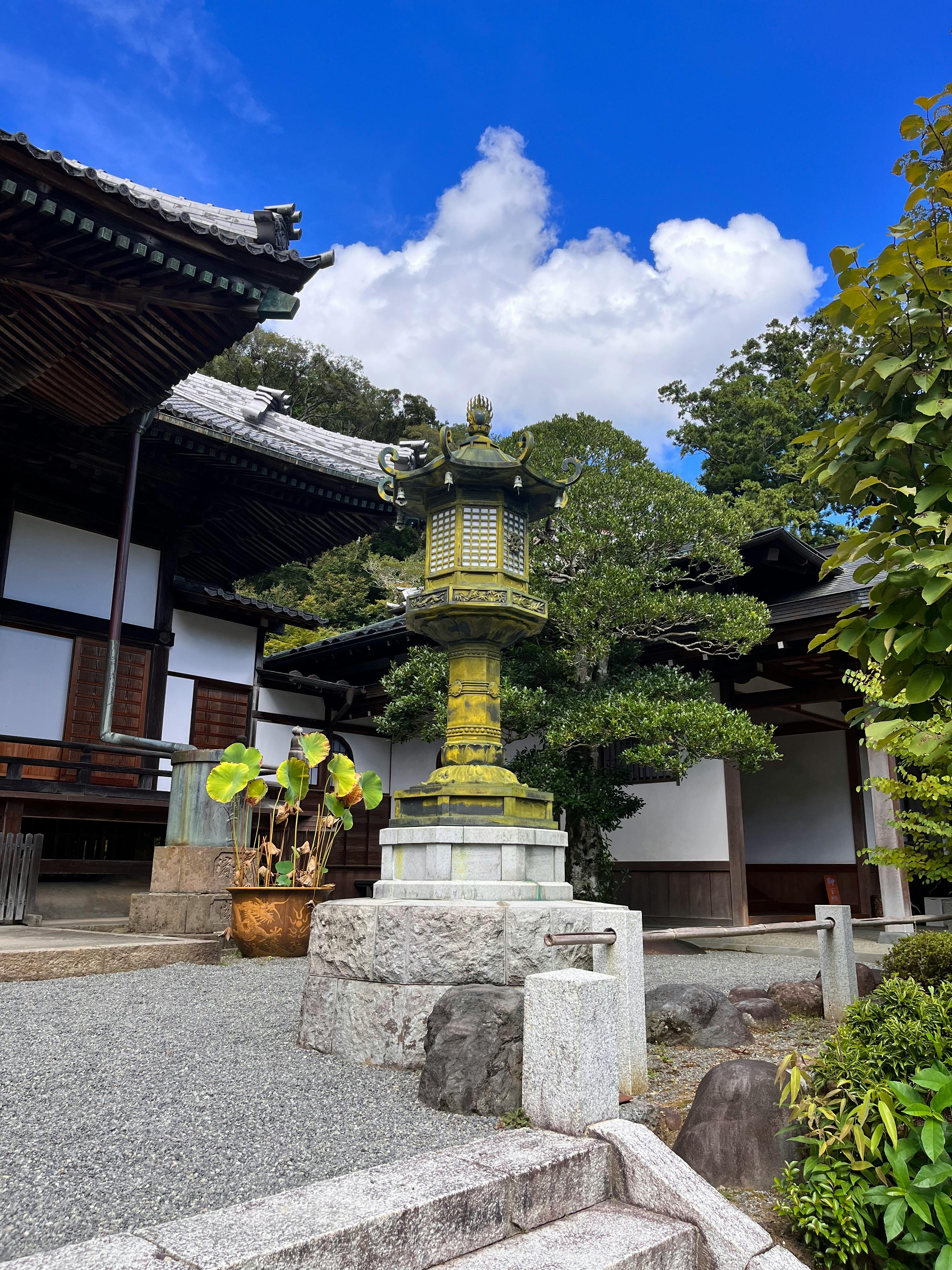
Although Shizuoka is primarily known for the production of sencha, another type of Japanese green tea, the region is becoming increasingly important in matcha production. Matcha of varying quality is grown here, highlighting the diversity of Shizuoka's tea landscape.
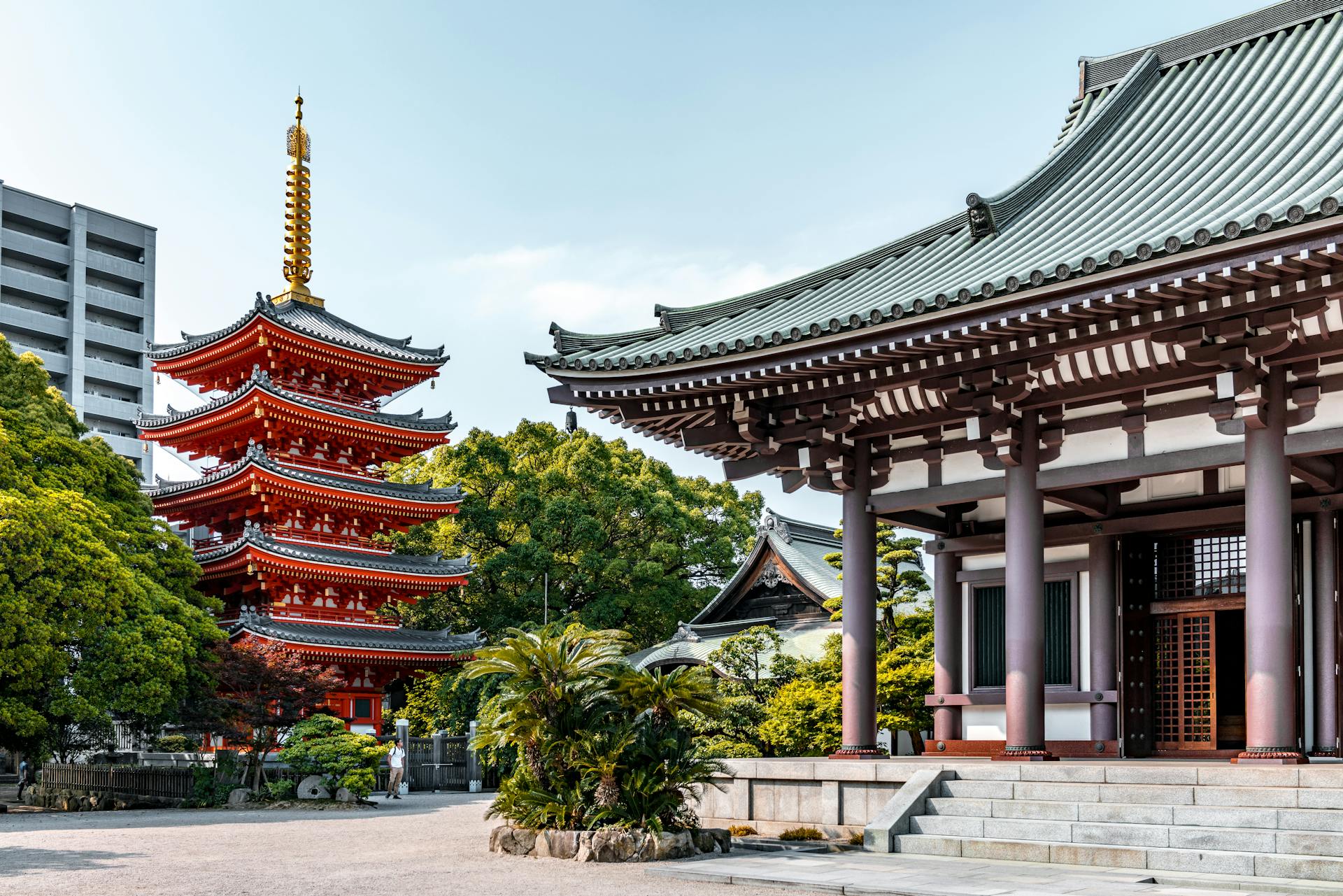
The Yame region of Fukuoka is famous for its high-quality matcha, which is often classified as premium quality and also offers numerous health benefits. Traditional cultivation methods and geographical features such as hanging tea plantations contribute to a product characterized by profound flavor and premium quality.
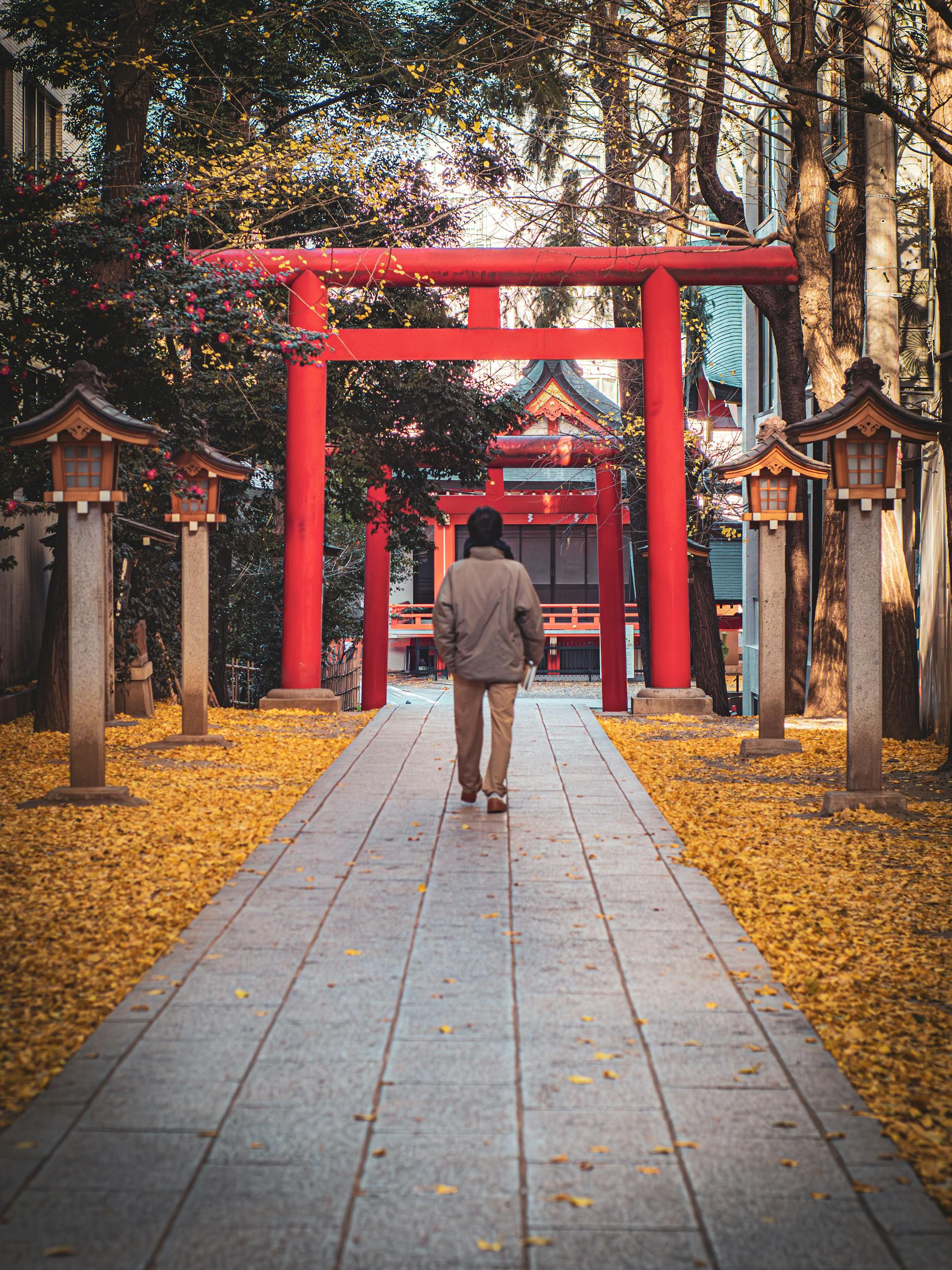
Kagoshima, located on the southern island of Kyushu, is an emerging matcha region boasting ideal conditions. The volcanic, mineral-rich soils enable the production of matcha characterized by a particularly intense flavor and organic matcha quality. Matcha Baby's matcha comes from this region and is therefore ceremonial grade.
If you would like to know more about the different main qualities of matcha powder, please take a look here.
